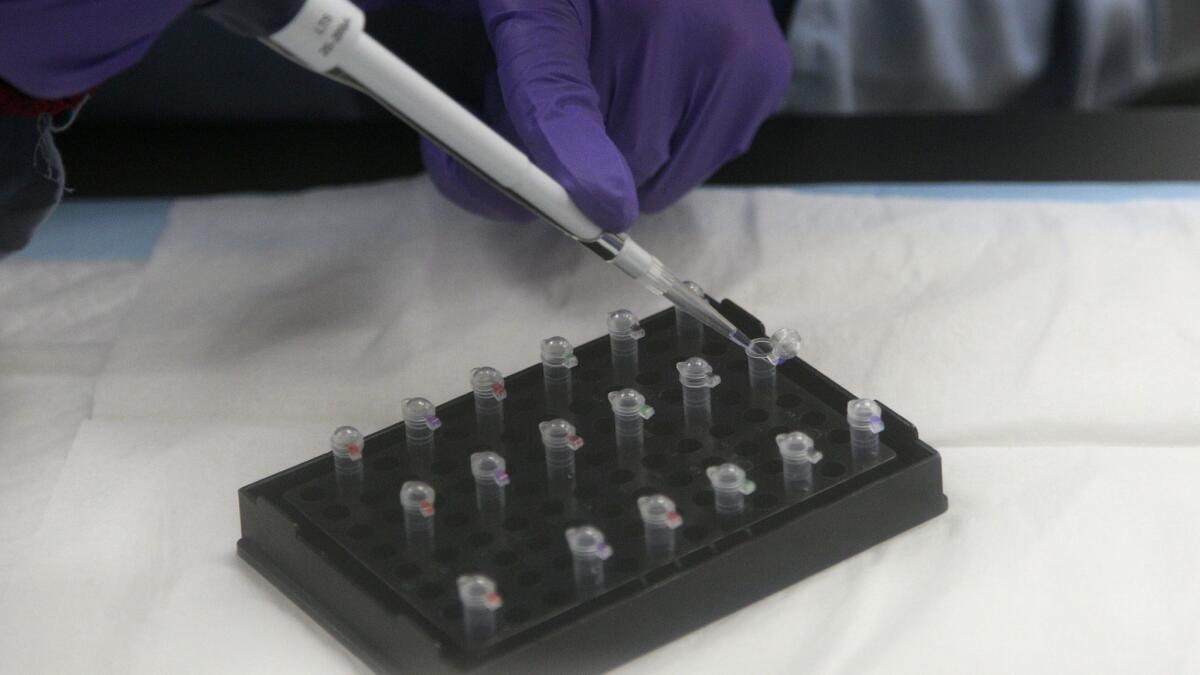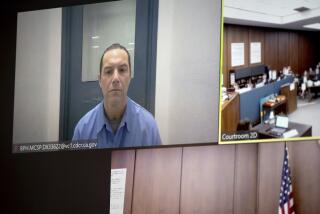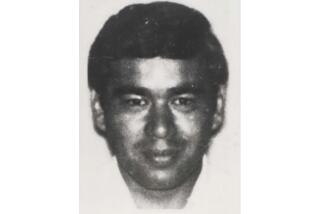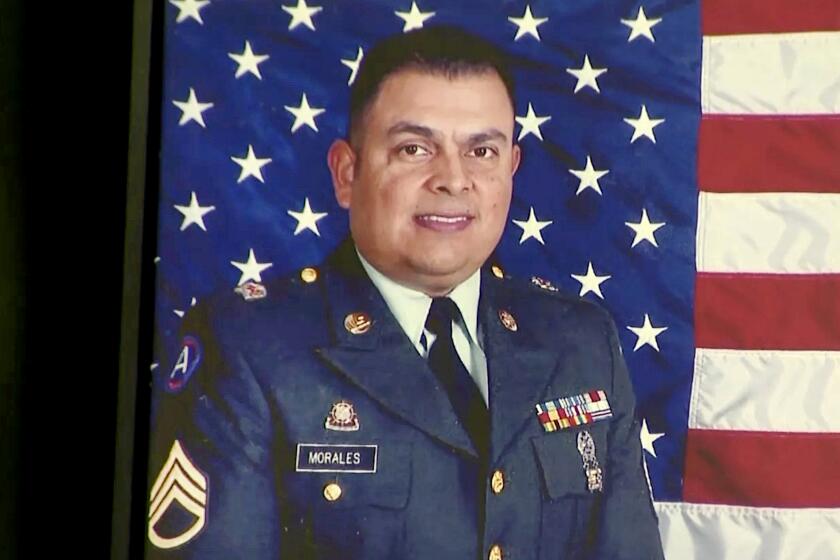State Justice Department announces new technology to identify unknown persons

The state’s top law enforcement agency has gained the ability to fully sequence mitochondrial DNA, an advancement that justice officials hope will better enable investigators to identify the bodies of missing persons.
“Anything we can do to help families find closure is critical,” California Atty. Gen. Xavier Becerra said in a statement Monday. “We’re proud of the work our scientists and technicians do every day at our Bureau of Forensic Services to help protect Californians, including our work with local law enforcement to help families locate their missing loved ones.”
Nearly every cell in a person’s body has the same DNA, the hereditary material in humans and almost all other organisms, according to the U.S. National Library of Medicine.
Most DNA is located in the cell nucleus, where it is called nuclear DNA. But a small amount of DNA can also be found in the mitochondria, structures within cells that convert energy from food into a form that cells can use, according to the library. This is called mitochondrial DNA.
When a human body is exposed to harsh environmental conditions, such as when a body is hidden by a perpetrator outside for several weeks, DNA can break down into small pieces. This makes it challenging to obtain nuclear DNA that can be used to identify someone.
Scientists at crime laboratories often turn to mitochondrial DNA because it is generally present in far greater quantities than standard nuclear DNA, according to the state Department of Justice. Although nuclear DNA is typically more informative, sometimes mitochondrial DNA is all that is available, the agency noted in its news release.
Using massive parallel sequencing technology, the department’s Bureau of Forensic Services will use a process for sequencing the entirety of mitochondrial DNA. Previously, only a portion of the control region of mitochondrial DNA, approximately 5% of the genome, was analyzed in cases involving unknown persons, according to the agency.
The advancement announced Monday will be used to compare mitochondrial DNA provided by families to biological evidence found in cases involving unknown human remains.
More to Read
Start your day right
Sign up for Essential California for news, features and recommendations from the L.A. Times and beyond in your inbox six days a week.
You may occasionally receive promotional content from the Los Angeles Times.







